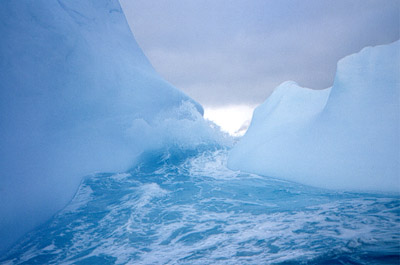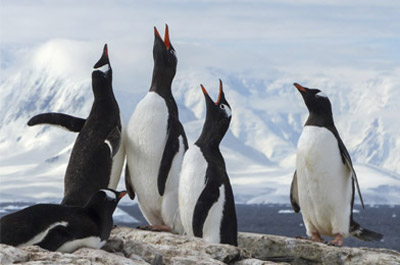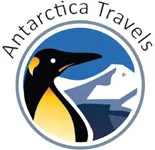 The
Weddell Sea & Antarctic Peninsula
The
Weddell Sea & Antarctic Peninsula
Cruises and Adventures With Cool Antarctica and Antarctica Travels
Information:
Antarctic travel basics |
more travel details |
fly to Antarctica |
FAQ's |
Request
Contact | clothing |
boots
Regions:
Antarctic Peninsula |
South Georgia |
South Shetland Islands |
Falkland Islands -
Arctic
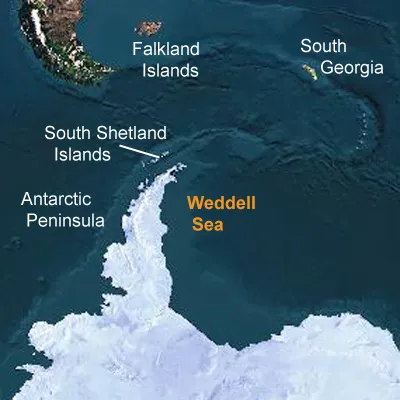 Most trips to the Antarctic Peninsula region visit the western
side as it is more predictably ice-free during the summer season.
The Weddell Sea to the east is less predictable and often more
heavily iced. In the early days of exploration sailing ships
would sometimes not be able to penetrate it very far for several
seasons, in other years a ship would be able to sail to the
deep south.
Most trips to the Antarctic Peninsula region visit the western
side as it is more predictably ice-free during the summer season.
The Weddell Sea to the east is less predictable and often more
heavily iced. In the early days of exploration sailing ships
would sometimes not be able to penetrate it very far for several
seasons, in other years a ship would be able to sail to the
deep south.
Discovered in 1823 by British sailor James Weddell, the sea that was given his name stretches down far inside the Antarctic Circle where huge tabular ice-bergs calve off fringing ice-shelves to be brought north by the currents of the Weddell Gyre.
This area is particularly rich in wildlife such as seals and whales, conditions here are more difficult for penguins so it is the hardier species that are usually found, Adelies and Emperors. In 1997 the most northerly colony of Emperor Penguins was discovered not far from the tip of the Peninsula on the sea-ice just south of Snow Hill Island.
In 2021 a remote undersea vehicle discovered a vast colony of 60 million icefish nesting on the seabed covering an area of about 240 square kilometers. In 2022 Ernest Shackleton's lost ship, the Endurance was found by another remote submersible in remarkably good condition. This is a little visited or explored region.
Sample Cruises to the Weddell Sea for 2025 - 2026
| Trip | Weddell Sea in Search of the Emperor Penguin | Weddell Sea & Peninsula |
|---|---|---|
| Days | 11, 14 or 18 days | |
| Pax | 108 / 199 | |
| Departures | Oct '25
date 30 Nov '25 dates 11, 15, 21 Dec '25 date 1 |
|
| Port | Ushuaia - return same | |
| Prices | $12,900 - $56,117 | |
| Notes | Attempt to reach the emperor penguin colony near Snow Hill Island by helicopter. Deception Island, Weddell Sea. |
* Prices are per person. the lowest price is usually for triple occupancy in a basic cabin.
Options such as kayaking are usually booked when the cruise is booked, they may be at additional cost and have limited availability - it may be too late once the cruise has started.
Some of the highlights of a cruise to the Weddell Sea
Emperor Penguins
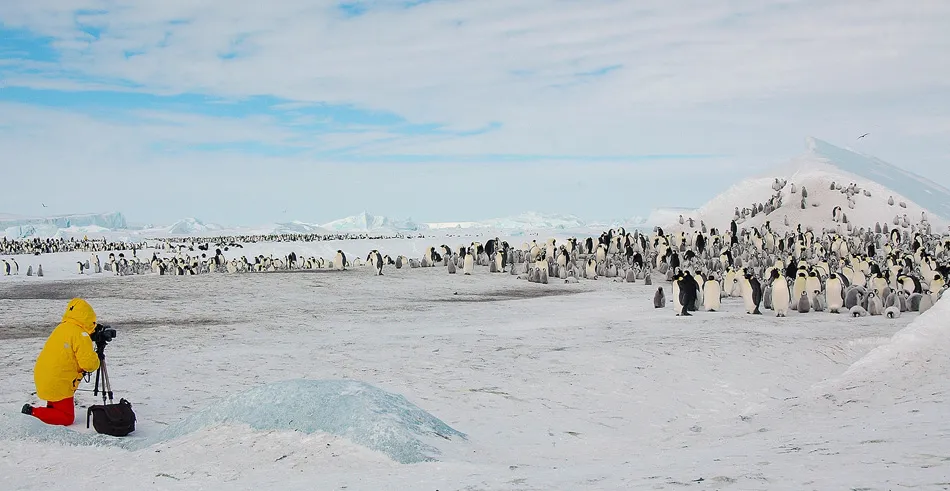 Snow Hill Island emperor
penguins
Snow Hill Island emperor
penguins
The Snow Hill Island colony is the easiest to reach of the largest and most magnificent of all penguin species, the emperor penguin. It requires a helicopter ride followed by a walk over sea-ice (approx. 45 mins) to reach the penguins, the helicopter lands far enough away so as not affect the penguin colony. Very few cruise ships come to this area and ever fewer are equipped with helicopters, make sure you choose one that is if you want to see this emperor penguin colony.
Seasonal ice and weather conditions may affect what is possible, heavy ice may prevent the ship from accessing the area or the rookery may begin to break up and disperse earlier than expected. If this is the case the ship will get as close as possible and use the helicopters to reach otherwise inaccessible locations to search for the penguins on their way to open water.
Elephant Island
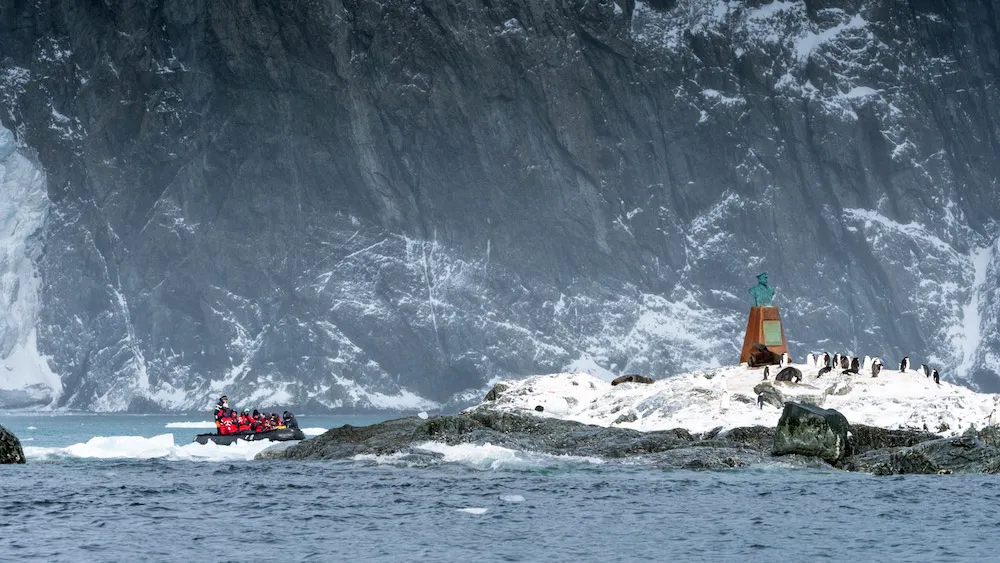 Elephant
Island, the bust is of Captain Luis Pardo of the tug Yelcho
Elephant
Island, the bust is of Captain Luis Pardo of the tug Yelcho
First discovered in 1821 by the voyage of Russian Fabian Gottlieb von Bellingshausen, Elephant Island was named for its shape and the presence of elephant seals by George Powell also in 1821. It is most famous for being the first landfall for Ernest Shackleton and the crew of the Endurance on the 15th of April 1916, 21 months after they left South Georgia and following the entrapment and sinking of their ship by sea ice. The crew lived here for 4 months while Shackleton and five others went to fetch a rescue ship, living on the meagre means afforded by the island. There is a monument to Captain Luis Pardo who succeeded in reaching them on the 4th rescue attempt with the tug Yelcho on the 30th of Aug 1916.
Elephant Island has no safe and sheltered anchorage and so has been little visited other than for very short periods, it is often very difficult or impossible to land due to the roughness of the sea, Shackleton's men were lucky in that they arrived here during a period of calm.
Hope Bay
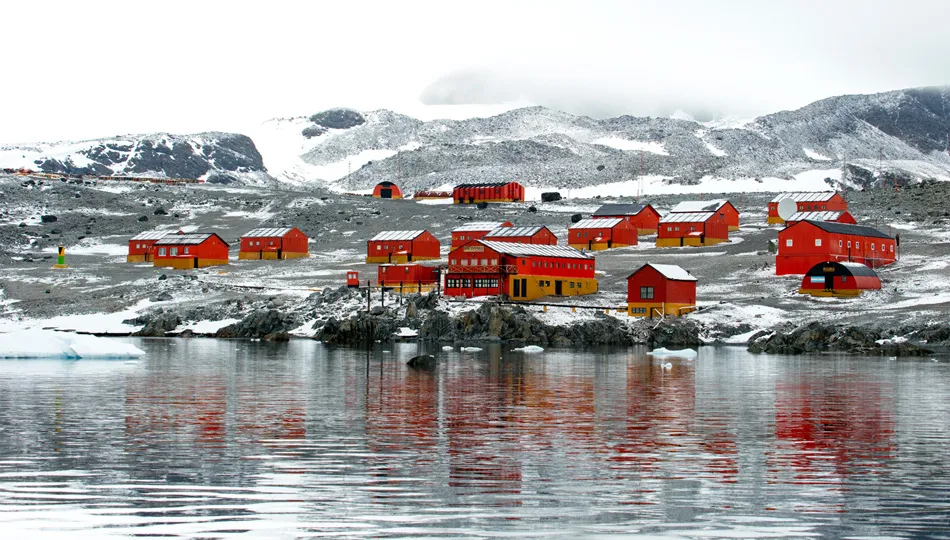 Argentine Esperanza station
at Hope Bay
Argentine Esperanza station
at Hope Bay
Hope Bay lies in the Antarctic Sound at the tip of the Peninsula, sometimes referred to as "Iceberg Alley" it provides excellent opportunities to see the fascinating shapes and myriad blues of some extraordinary icebergs.
Here lies the remains of a stone expedition hut from the Swedish Antarctic Expedition that wintered in 1903 and the more up to date facilities of the Argentinean Esperanza base. It was at this base that the first child born in Antarctica was delivered, it also boasts its own mayor, post office and school.
The Heroic Age of Antarctic Exploration
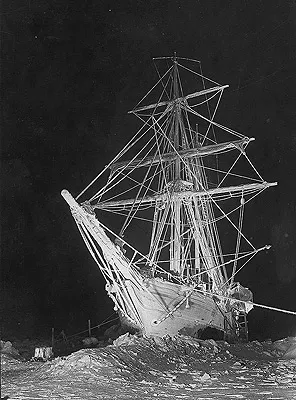
Shackleton's ship the Endurance in the Antarctic winter darkness, trapped in the Weddell Sea, 27th August 1915.
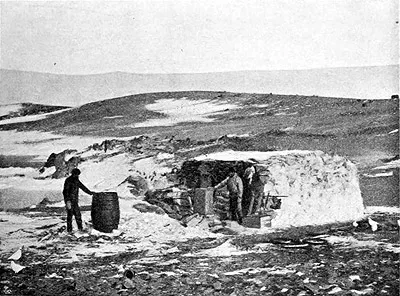
Stone hut of the Swedish Antarctic Expedition, Hope Bay, 1903. Three men had been put ashore to bring a six man wintering party 200 miles across ice impenetrable to the ship. They were unable to do this as they encountered open water and instead waited for the ship to return not knowing that it had by then been sunk, they wintered in this small hut they built.
The Weddell Sea is where some of the greatest adventures of the Heroic Age of Antarctic exploration took place. Shackleton's Endurance was imprisoned in 1915 by the ice in the deep south to be crushed and sunk 10 months later. Elephant Island is nearby where the men of the expedition took refuge for 4 months for rescue.
Snow Hill Island played an important part in Otto Nordenskjold's Swedish Antarctic Expedition on the ship Antarctic, in 1903. The ship sank after being crushed by sea-ice in the Weddell Sea leaving two small parties of men isolated for the winter while the ship's crew made it to land across 25 miles of broken sea-ice with some supplies and the ship's cat. All parties survived and were rescued the following summer, a lesser known epic Antarctic tale.
Whales and Seals
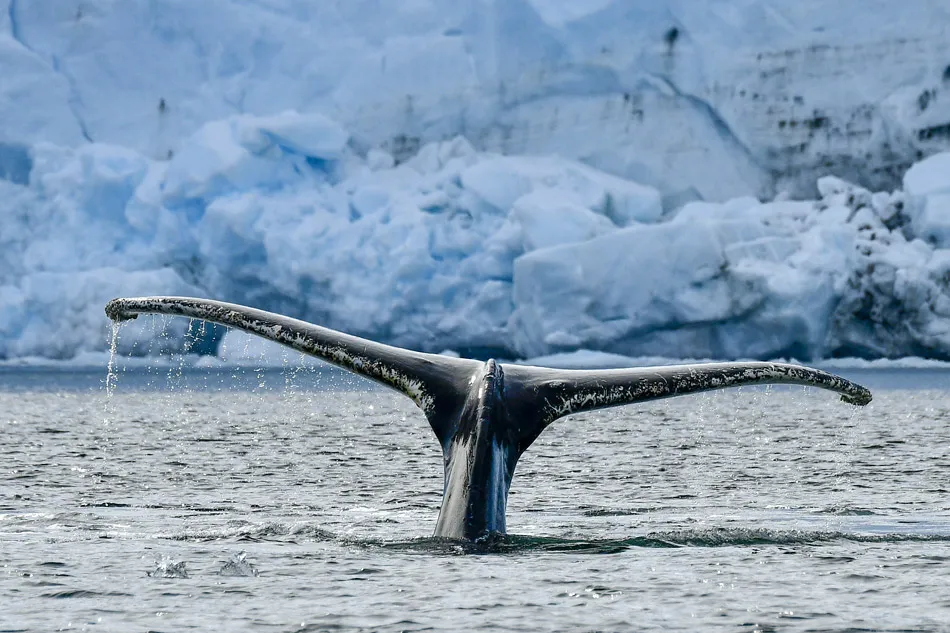
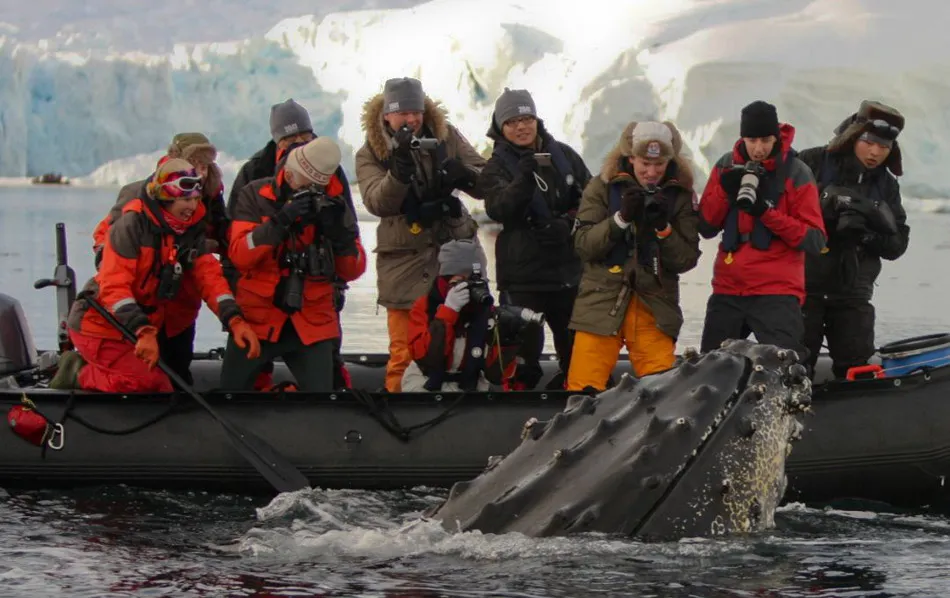
The Weddell Sea is a particularly good area for seeing whales and seals, like many things in Antarctica, they aren't guaranteed to turn up or perform on cue, but there's a good chance you will see some here.
Verdict
You will find here all of the reasons that you wanted to travel to Antarctica, scenery, wildlife and history. You are more likely to see huge tabular ice-bergs, whales and emperor penguins though the greater chance of unpredictable sea-ice means that more so than other cruises nature will dictate where you go and what you do possibly more than the planned itinerary. An adventure in a less visited region.
Contact me about a trip to the Antarctic!
Please complete the form
and
an Antarctic Expert will contact you
Departures from late October to late March
Our partner company, Antarctica Travels, passionately help people to reach their ultimate destination.
All enquiries will be answered from our office in Patagonia, Argentina.
Dozens of trips - unique combinations of ship + itinerary
Choice of ships - 67 to 199 passenger capacity
$4,995 to $43,995
6 to 23 days
Please note - we cannot help directly to find employment in Antarctica, please do not use this form to request any other information than for Antarctic tourist trips
